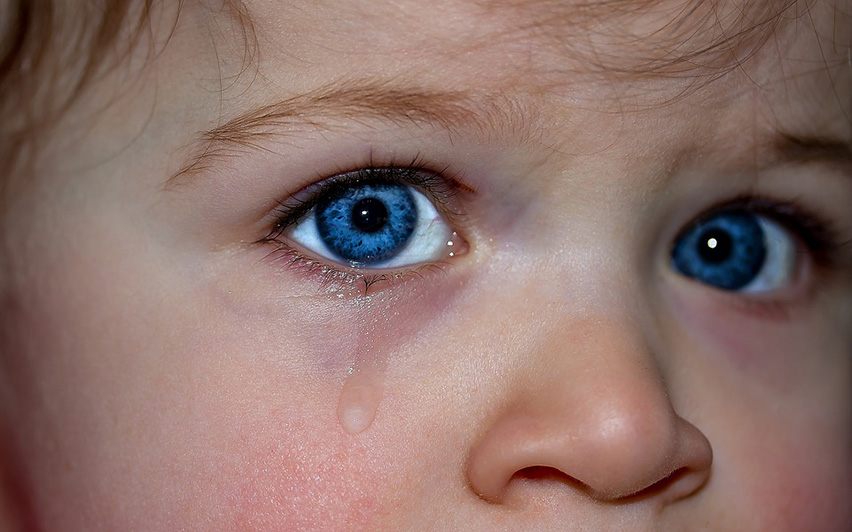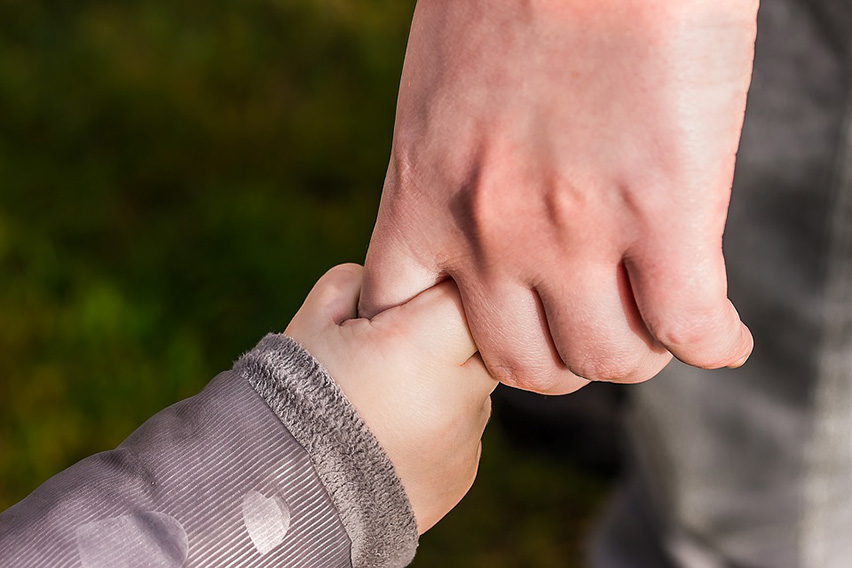Expert Data (Dis)agreement
Elicitation is the process of extracting knowledge about the parameters in the statistical model. This information can then be used to provide input for the prior distribution needed for Bayesian analysis. Several methods of prior elicitation are used in practice including the use of experts.
Livingroom of Science
Science is a dynamic process with continuously developing, often implicit rules and attitudes. Proclamations such as “this is how we always do it”, “get used to it”, or “this is what it takes to grow in academia” occur more frequently than they ideally should.
Application and Evaluation of an Expert Judgment Elicitation Procedure for Correlations
The purpose of the current study was to apply and evaluate a procedure to elicit expert judgments about correlations, and to update this information with empirical data. The result is a face-to-face group elicitation procedure with as its central element a trial roulette question that elicits experts’ judgments expressed as distributions.
Introducing the Fling – An Innovative Serious Game to Train Behavioral Control in Adolescents: Protocol of a Randomized Controlled Trial
Behavioral control weaknesses are a strong predictor of problematic behaviors in adolescents, such as heavy alcohol use. Heavy alcohol use at this young age can lead to health and school-related problems and is a severe societal problem.
A Bildung-psychological investigation into student motives: McKinsey- or von Humboldt-oriented?
This study examined differential student motives among students from a social sciences bachelor’s degree, and whether this difference related to participating in educational programmes for broader intellectual formation (Bildung). Survey research was conducted among 432 Dutch students (79.5% female), ranging in age from 17 to 32 years (Mage = 21.12, SD = 2.08).
Eye movement desensitisation and reprocessing therapy v. stabilisation as usual for refugees: randomised controlled trial
Eye movement desensitisation and reprocessing (EMDR) therapy is a first-line treatment for adults with post-traumatic stress disorder (PTSD). Some clinicians argue that with refugees, directly targeting traumatic memories through EMDR may be harmful or ineffective.
Fostering pupils’ lifelong learning competencies in the classroom: evaluation of a training programme using a multivariate multilevel growth curve approach
Evidence-based interventions to promote lifelong learning are needed not only in continuing education but also in schools, which lay important cornerstones for lifelong learning.
Child and adolescent internalizing and externalizing problems 12 months postburn: the potential role of preburn functioning, parental posttraumatic stress, and informant bias
Adjustment after pediatric burn injury may be a challenge for children as well as their parents. This prospective study examined associations of internalizing and externalizing problems in children and adolescents 12 months postburn with preburn functioning, and parental acute and chronic posttraumatic stress symptoms (PTSS) from different perspectives.
The relationship between tics, OC, ADHD and autism symptoms
Gilles de la Tourette’s syndrome (GTS) is a disorder in which obsessive-compulsive (OC), Attention Deficit Hyperactivity Disorder (ADHD) and autism symptoms occur in up to 60% of patients, suggesting shared etiology.
PTSD Symptom Trajectories in Disaster Volunteers: The Role of Self-Efficacy, Social Acknowledgement, and Tasks Carried Out
Millions of volunteers respond after disasters, with a 24% to 46% risk of developing posttraumatic stress disorder (PTSD). It is unclear which symptom trajectories develop and how they differ between core (volunteering before the disaster) and noncore volunteers (joining after the disaster) and which factors predict trajectories.
The Stability of Problem Behavior Across the Preschool Years: An Empirical Approach in the General Population
This study examined the stability of internalizing and externalizing problems from age 1.5 to 6 years, while taking into account developmental changes in the presentation of problems. The study comprised a population-based cohort of 7,206 children (50.4 % boys).
Direct Aggression and Generalized Anxiety in Adolescence: Heterogeneity in Development and Intra-Individual Change
Co-occurrence of aggression and anxiety might change during adolescence, or stay stable. We studied change and stability of four types of co-occurrence regarding direct aggression and anxiety in adolescence: an anxious and non-aggressive type, an aggressive and non-anxious type, a comorbid aggressive-anxious type and a no problems type.













